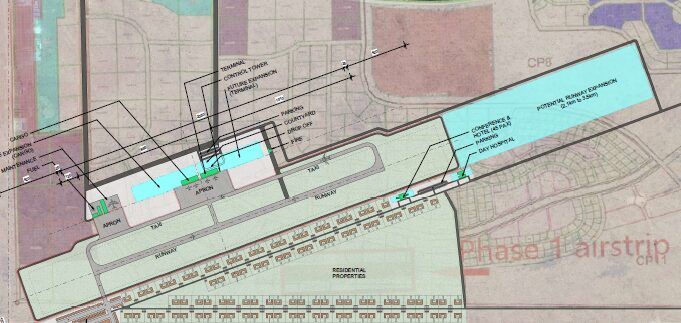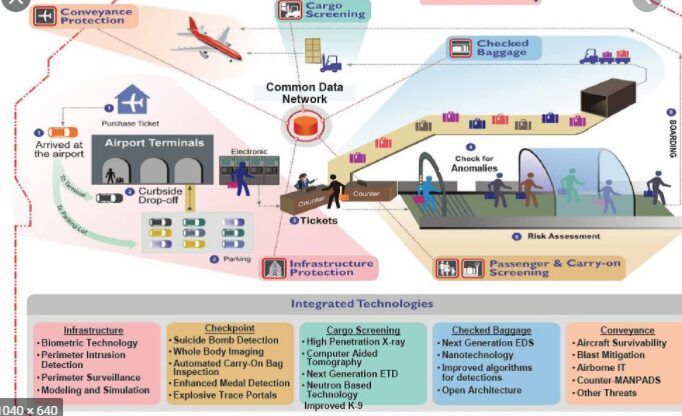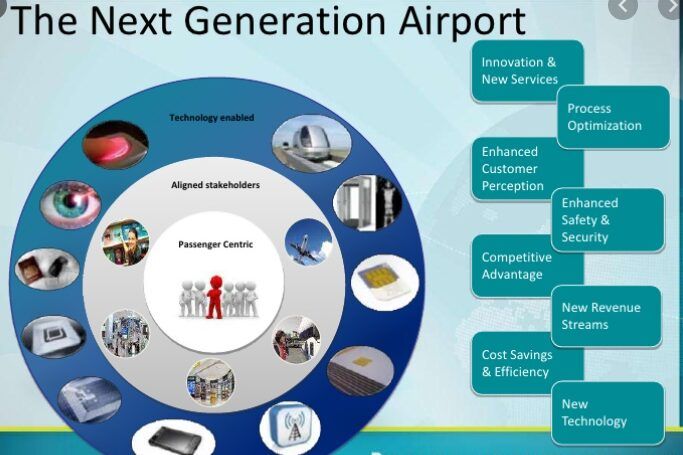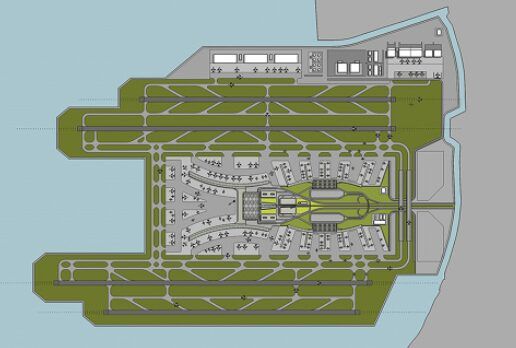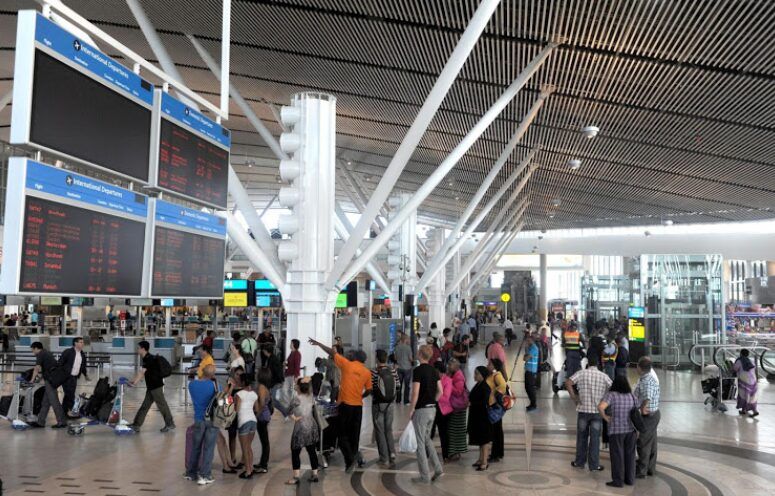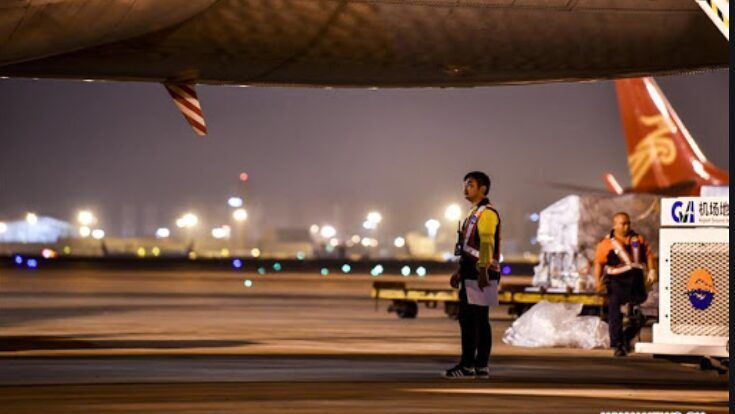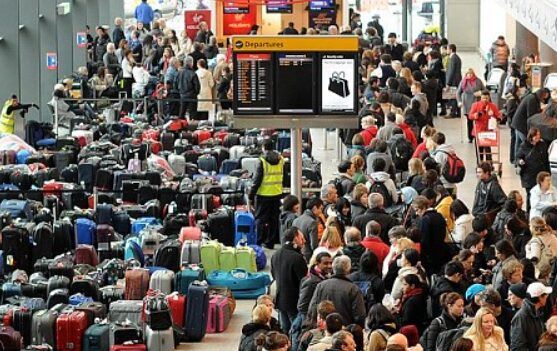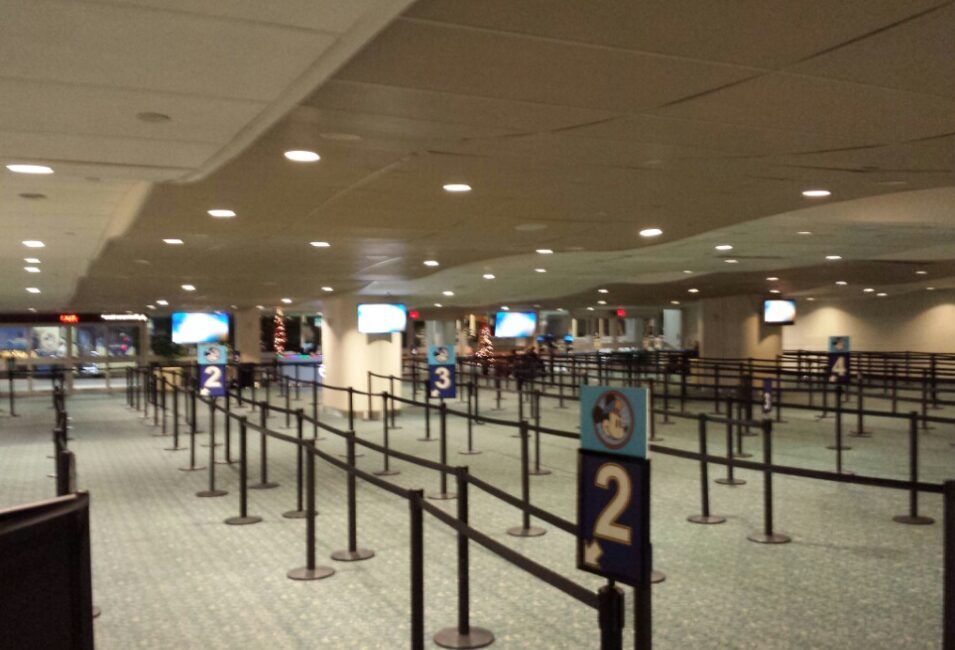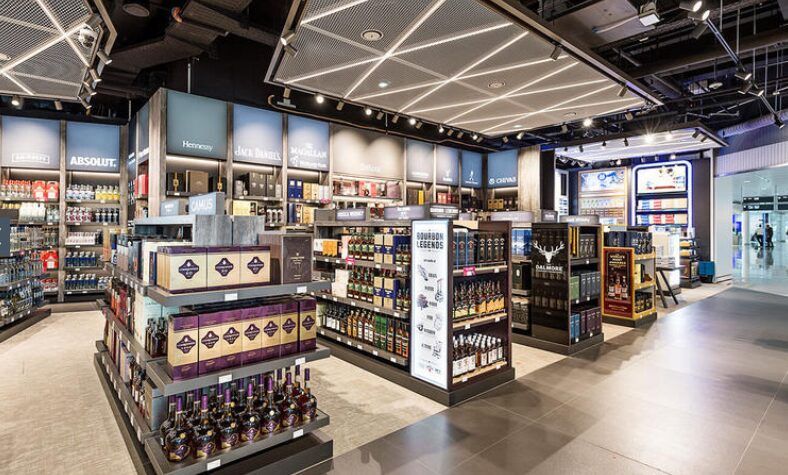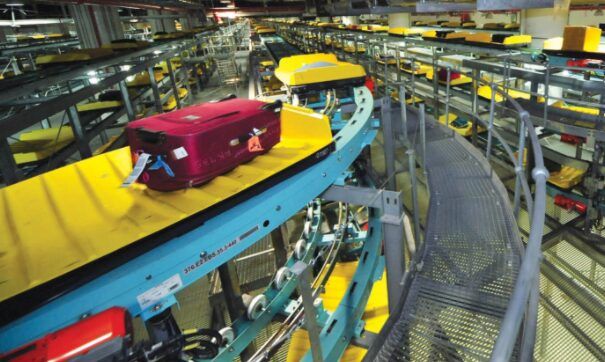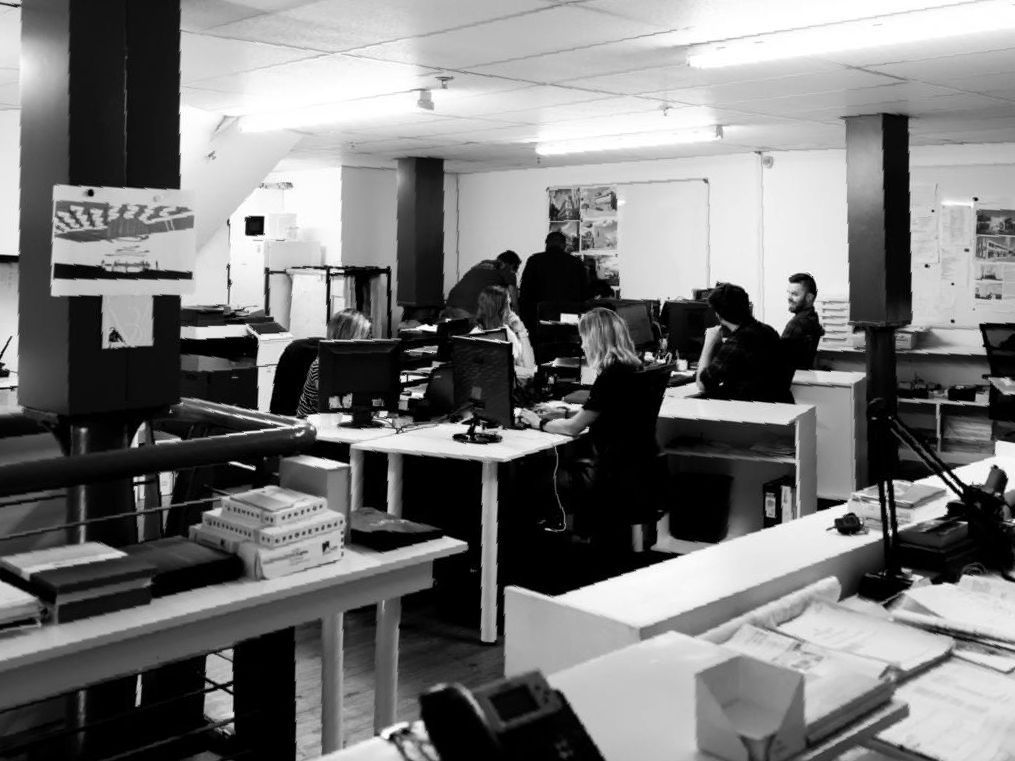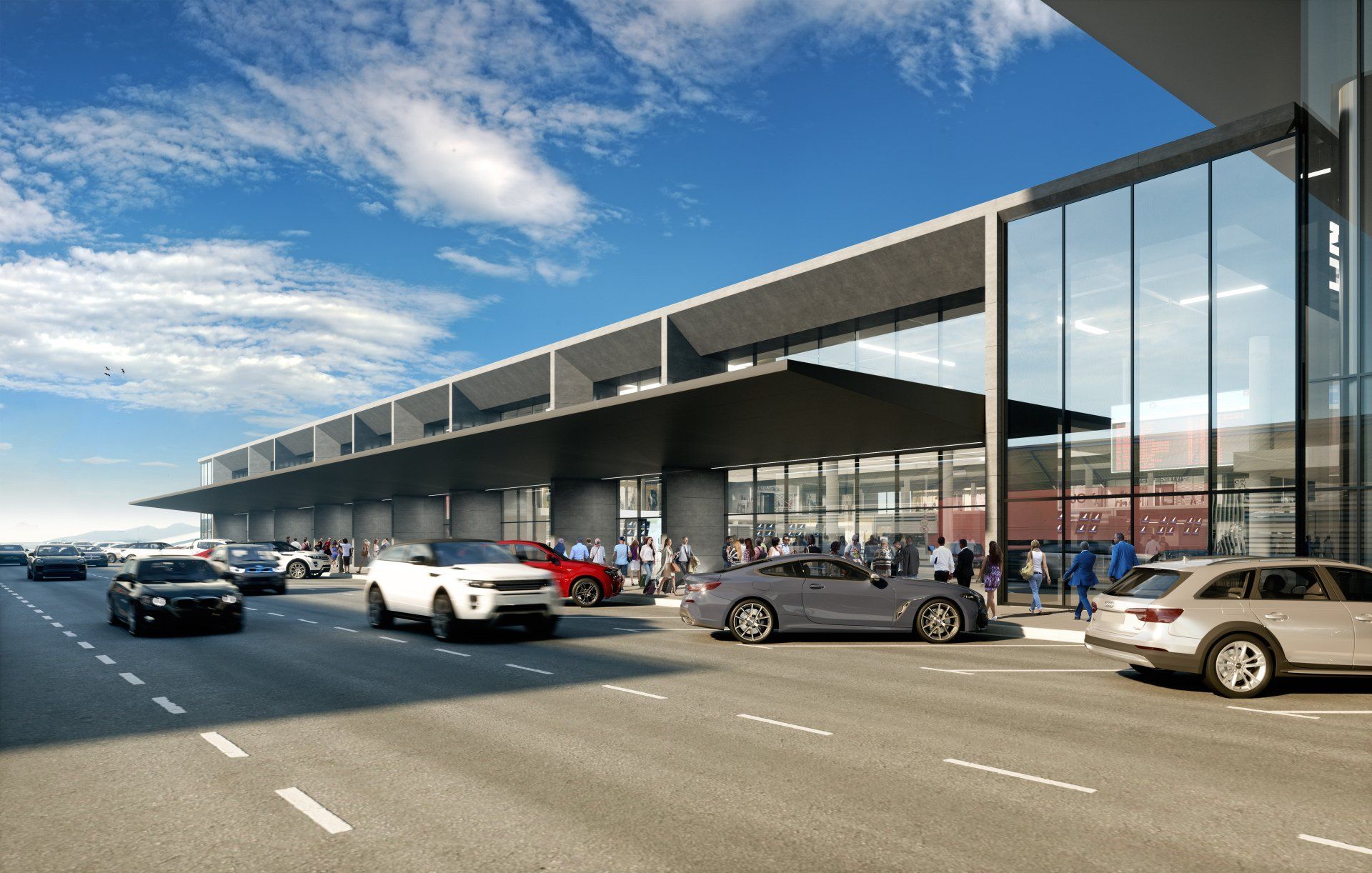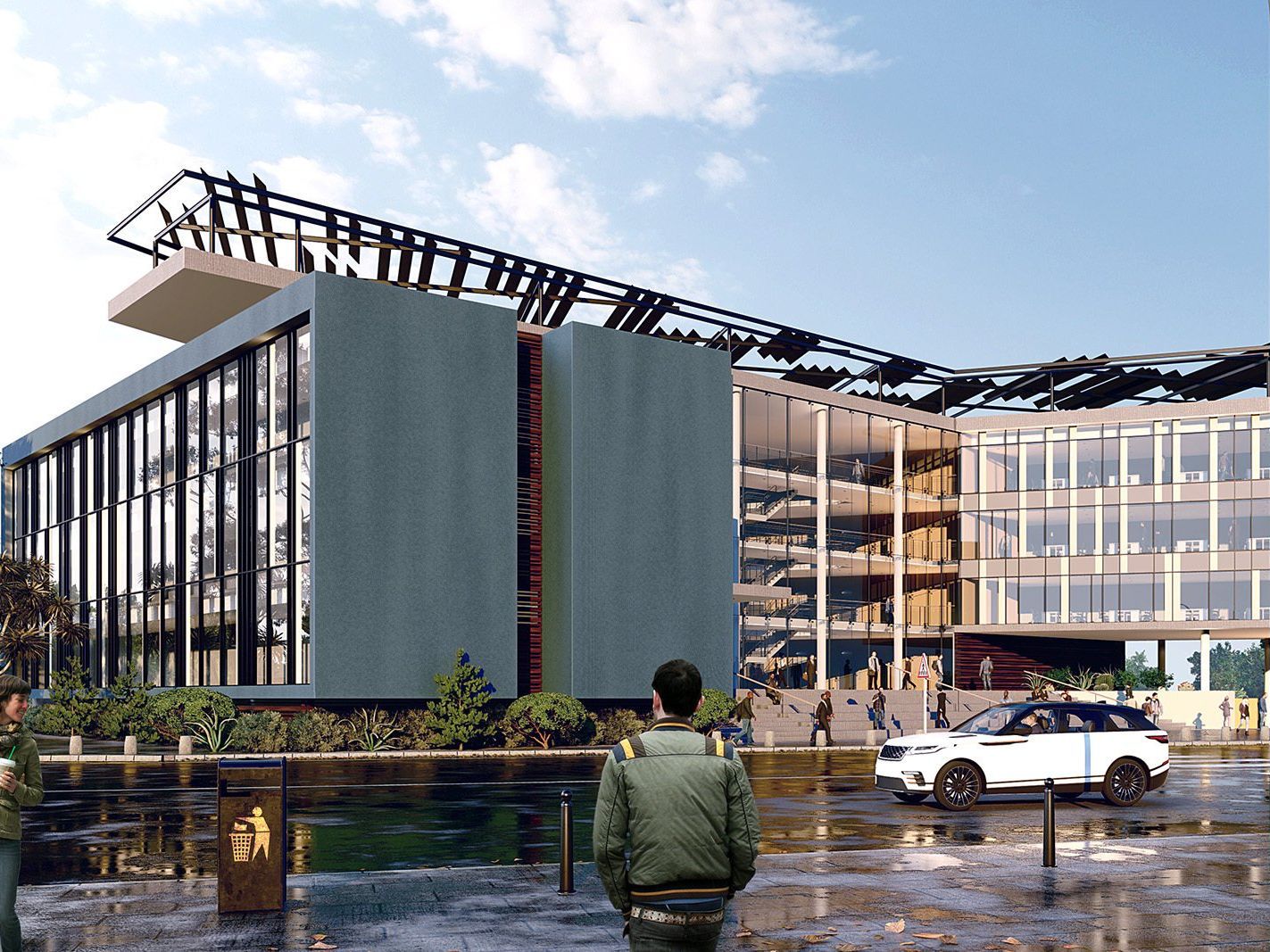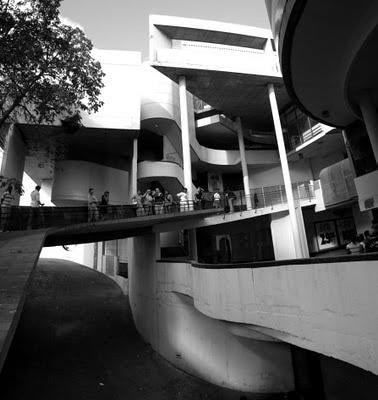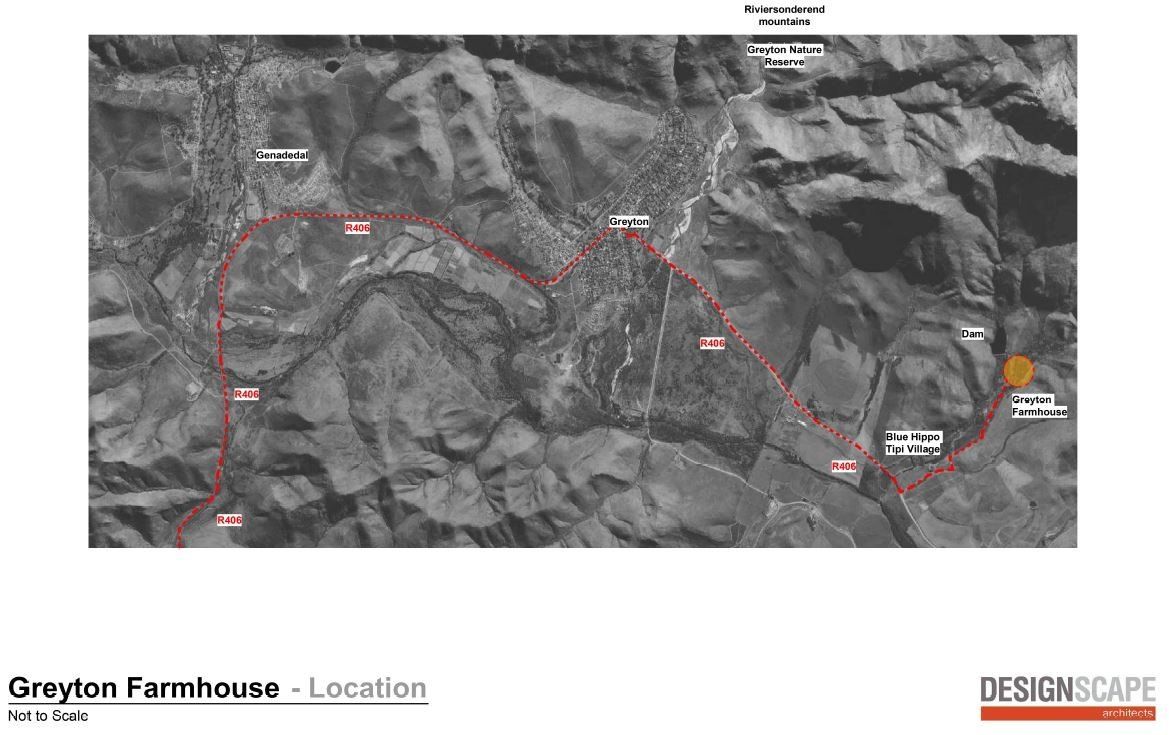Airport Projects in Africa
Design Scape Architects now have the experience of working on projects for six airports under our belts, including:
- Cape Town International Central Terminal Building - One of our team member was the Project Architect.
- King Shaka International - Another team of our team members was the Senior Site Architect for this project.
- Kasane International - One of our team members was the Lead Design Architect there.
- Cape Town International Terminal 2 - Design Scape remains the Lead Design Architects on this project.
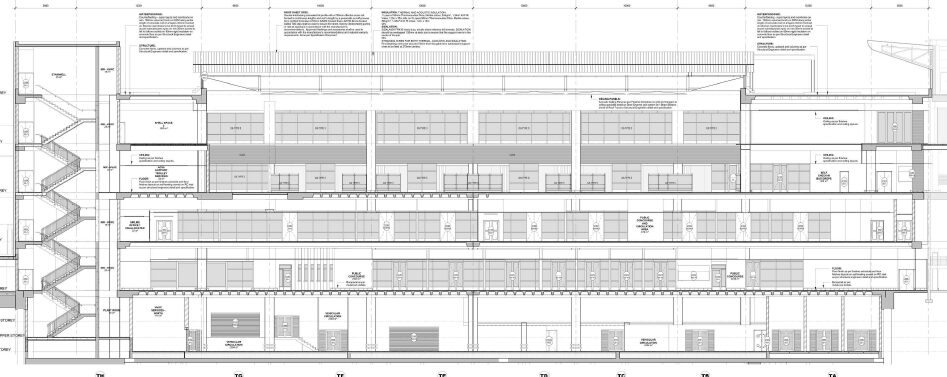
In addition we are currently looking at a small airport in Central Africa, and another airfield facility in West Africa.
What has this all taught us?
Tons, actually. So much so that airports have become part of our blood.
They are really one of the most exciting projects to be a part of, but they are enormously complex.
So we thought we could distill our experience down to the Top Ten Learnings that we have experienced along the way.
1. TEAMWORK IS KEY. There are so many disciplines required, in an airport or any type of airport-related project, that a culture of inter-dependence must be forefront. Whether it’s the client, team, the consultants, or the myriad stakeholders, everybody is important and everyone has lessons for each other. Without a great team culture, things can turn nasty as the stakes are high.
2. KNOW THE STAKEHOLDERS. These are the major and minor players without all of whom the airport would not operate efficiently. And each stakeholder has an important story to tell. So listen to them all, identify all the key players, and understand what their roles are.
3. PLAN FOR THE FUTURE. Too many airports have been planned to a limited horizon. By the time the facility is complete, it’s potentially already too small. So what’s the expansion plan? Think 20 years ahead, and ask if anything you are doing now will impede that future plan. Particularly with regards to how services are routed.
4. THINK 24 HOURS OPERATION – Big Airports never sleep. And passenger flows, in and out, are constant. Plus all the things that are needed to facilitate their progress must always be ON TIME. So secondary system backups are key.
5. AIRSIDE/LANDSIDE. This sometimes-invisible line between public spaces and highly secure zones is a key concept in planning airports. Getting onto Airside is difficult – you are either a ticketed passenger, or have been carefully screened, examined, and have been granted status as a worker or as an official. Transitioning vehicles between the Landside and Airside is not easy, and permits and permissions are needed everywhere. And trolleys, moving into Airside, present some big planning problems. The orange line is a typical airside/landside boundary.
6. DATA, DATA, DATA. Today’s airports are controlled by fiber installations, and fiber, unlike electricity, cannot just be switched off. Underestimating the fiber requirements, and the provision of the rooms it needs, is key. Of the four large airports we have worked on, all of them nearly came crashing down due to inadequate fiber planning and installation. Last minute panic is never a good way to plan.
7. TEST YOUR DESIGN. It is so important to have as many interested parties as possible look at proposals, and give comment. Whilst sometimes comments can be critical, one must not become defensive. Unless the design is critically examined from all sides, the obvious can be missed. And little mistakes sometimes mean big changes are needed in an airport plan.
8. THE PASSENGER IS KING. Without passengers, airports don’t exist. Passengers are their raison d’étre. What airports all strive for is passenger experience. If their journey through the building, either in or out, is fluid, you have happy customers. Make them wait, for a passport stamp, or a cup of coffee, and you have unhappiness. All airports constantly monitor their customers’ satisfaction needs, and pick up the slightest shifts in trends. And then look how to fix the problems.
9. UNDERSTAND AIRPORT ECONOMICS. Airports are gigantic shopping centers, and need to generate income from their customers, whether visitors or passengers. A happy customer is a spending customer. Which gives you a happy retailer, even though his rent may seem high. So be aware of the opportunities for trade throughout the building, whether airside or landside.
10. UNDERSTAND ALL THE FLOWS. And avoid the clashes. So many things in an airport need to flow smoothly. People, supplies, trolleys, baggage, information, maintenance, equipment. Respect all these flows, and make them as effortless as possible, to avoid the clashes.
CONCLUSION – There are probably another 100 things we could add to the list, which starts to explain the complexity of airports. But if you get these 10 lessons under your belt, it’s not a bad start.
The team at Design Scape make it our mission to stay on top of the latest architectural and interior design trends, and provide our readers with relevant architectural information.
For more information about our innovative architectural services and on how we can assist you, get in touch with our team of professional architects and designers in Durban and Cape Town.

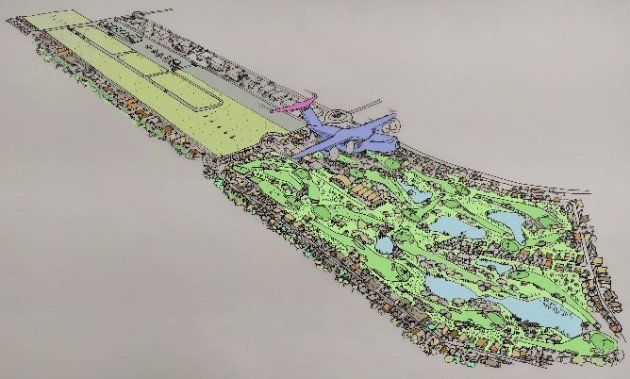
Cape Town
109 Waterkant Street
De Waterkant Cape Town
South Africa, 8001
Durban
Rydall Vale Office Park
Rydall Vale Crescent
Block 3 Suite 3
Umhlanga, 4019
Website design by Archmark


